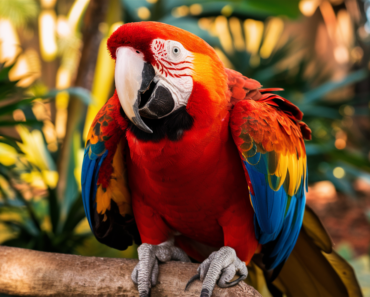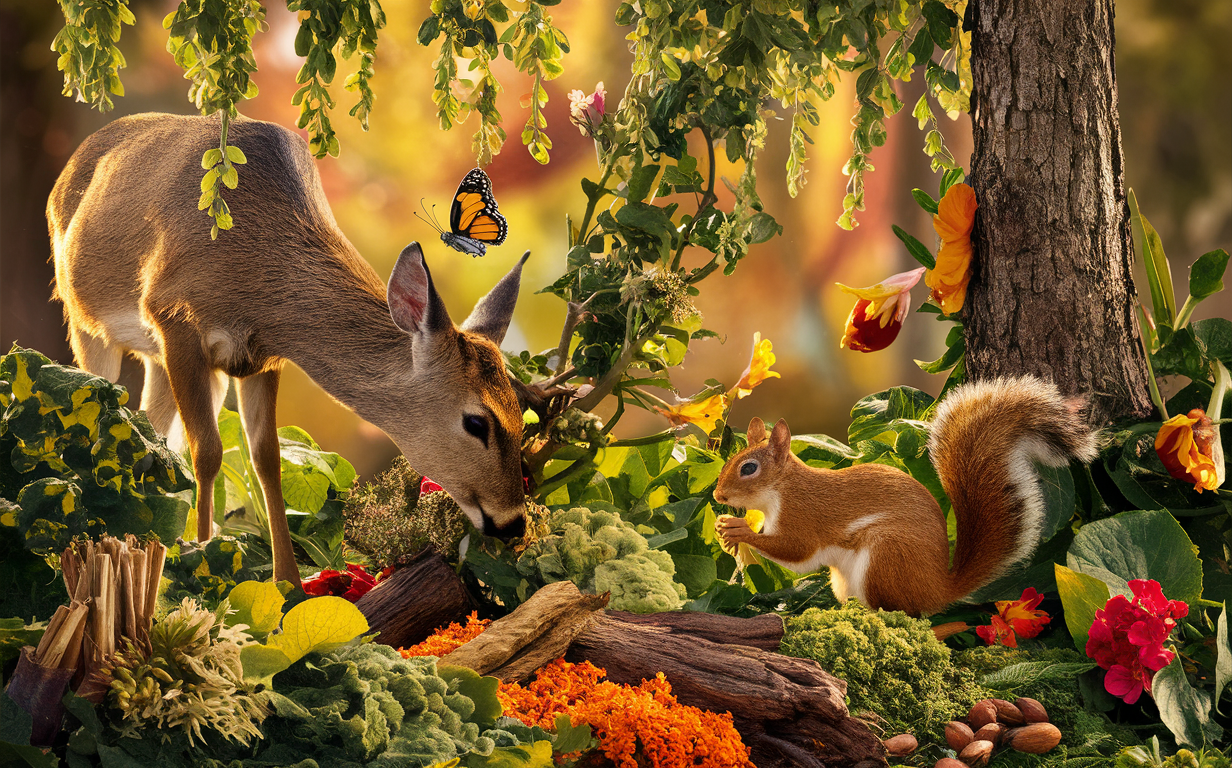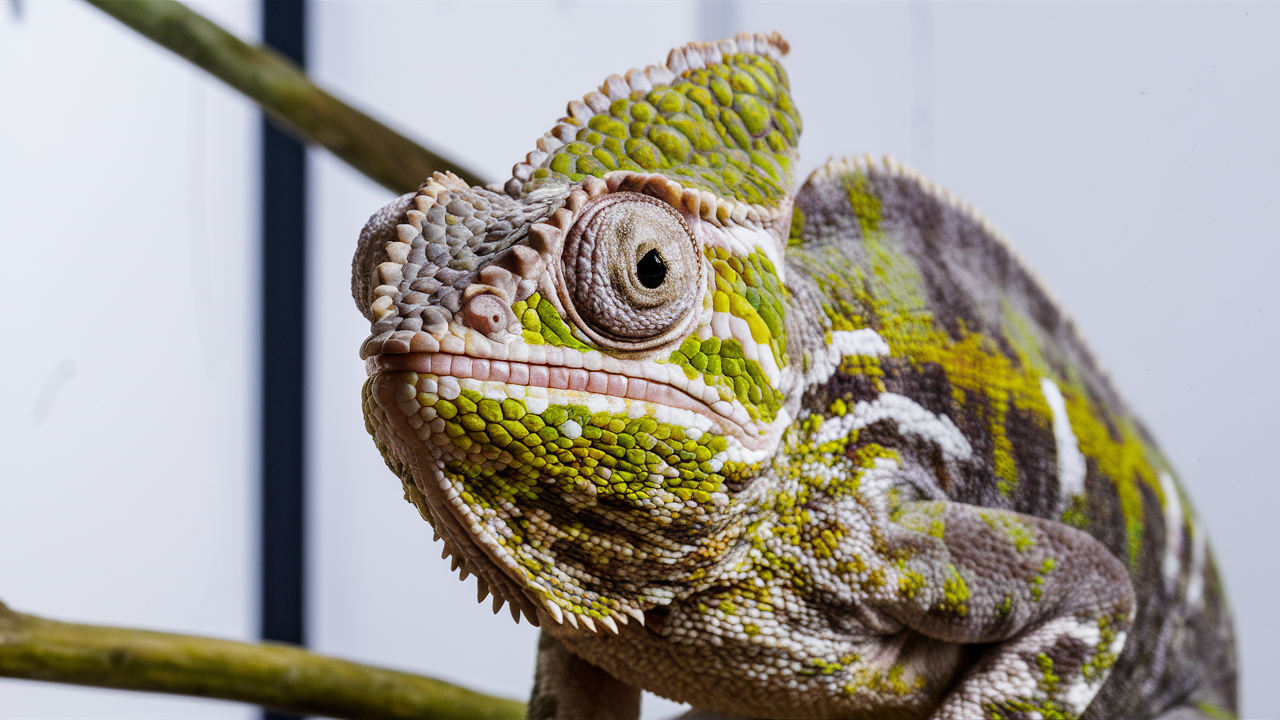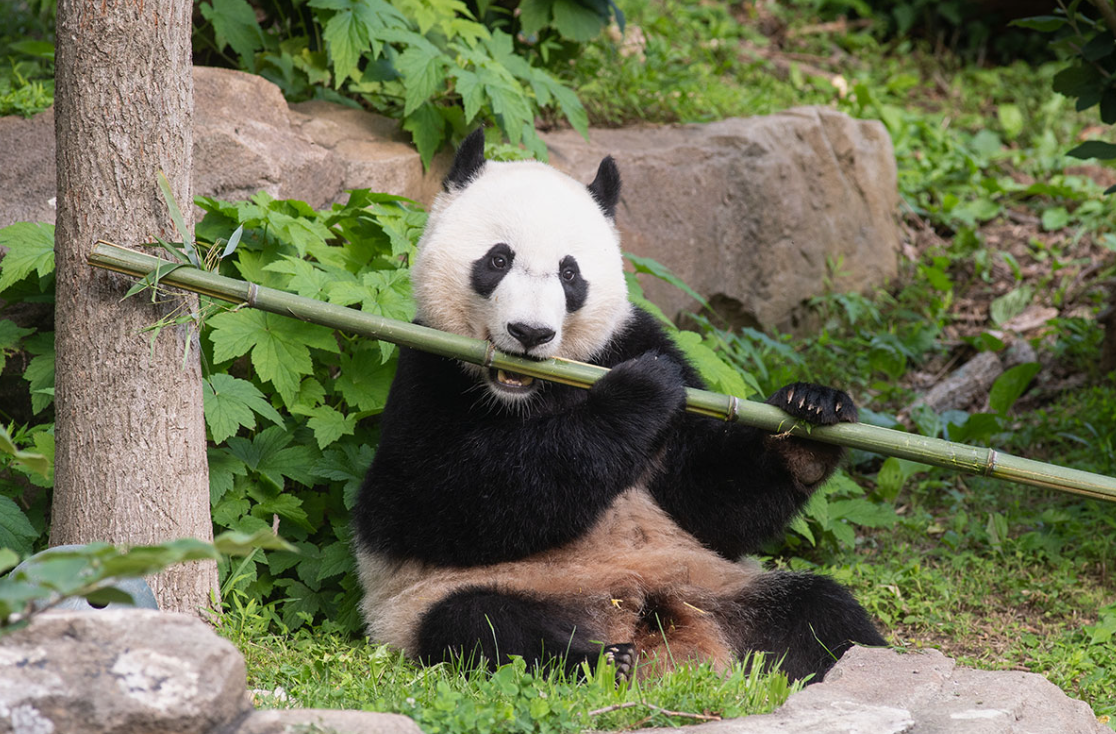Discovering : Animals That start with an a to z
Explore the animal kingdom by delving deeply into the alphabet, where each letter represents a fresh discovery, an intriguing tale, and an opportunity to be amazed by the diversity of life on Earth. By the end of this educational journey, you should have a greater understanding of the natural world in addition to an expanded vocabulary thanks to the A-Z list of incredible creatures.
A: Alpaca
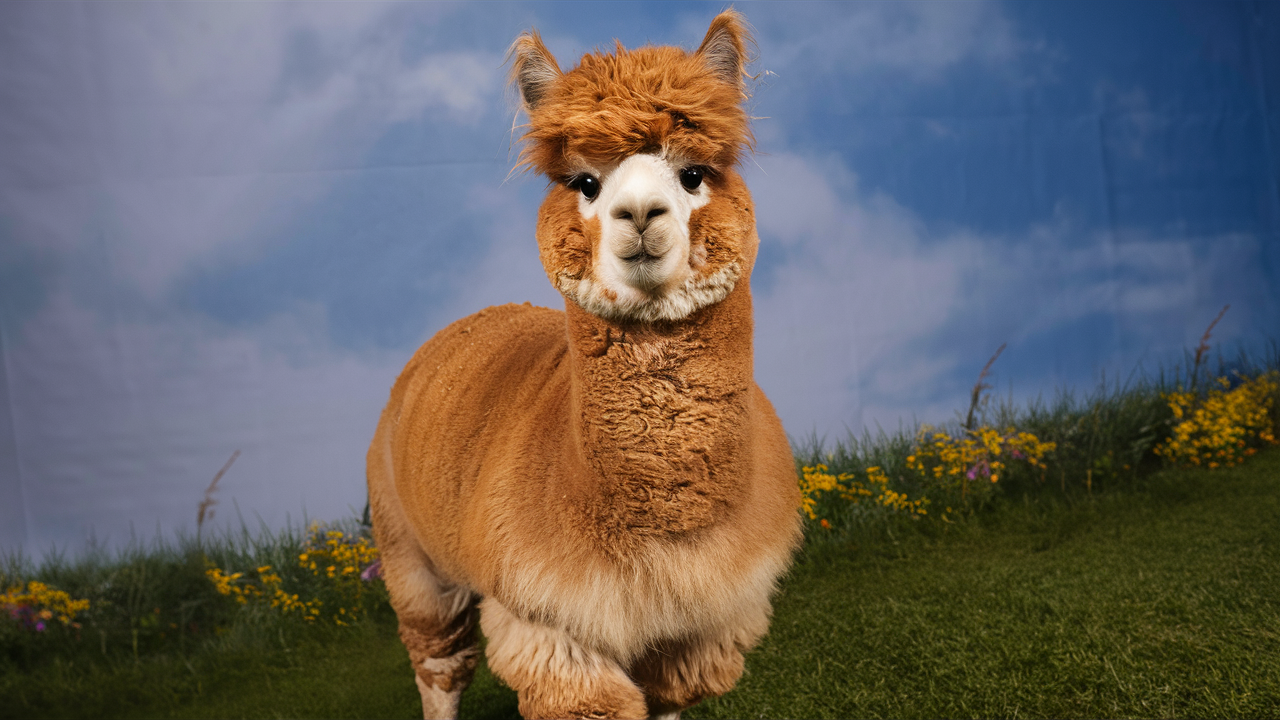
The cute alpaca is the first animal on our alphabetical walk. People have tamed these Andean natives and prized them for their kind disposition, velvety fleece, and expressive eyes. For centuries, people have prized alpacas for their fleece, which is both warmer and finer than that of sheep. Alpacas are gregarious animals that frequently build close ties with other members of their herd and follow a social hierarchy.
B: Bison
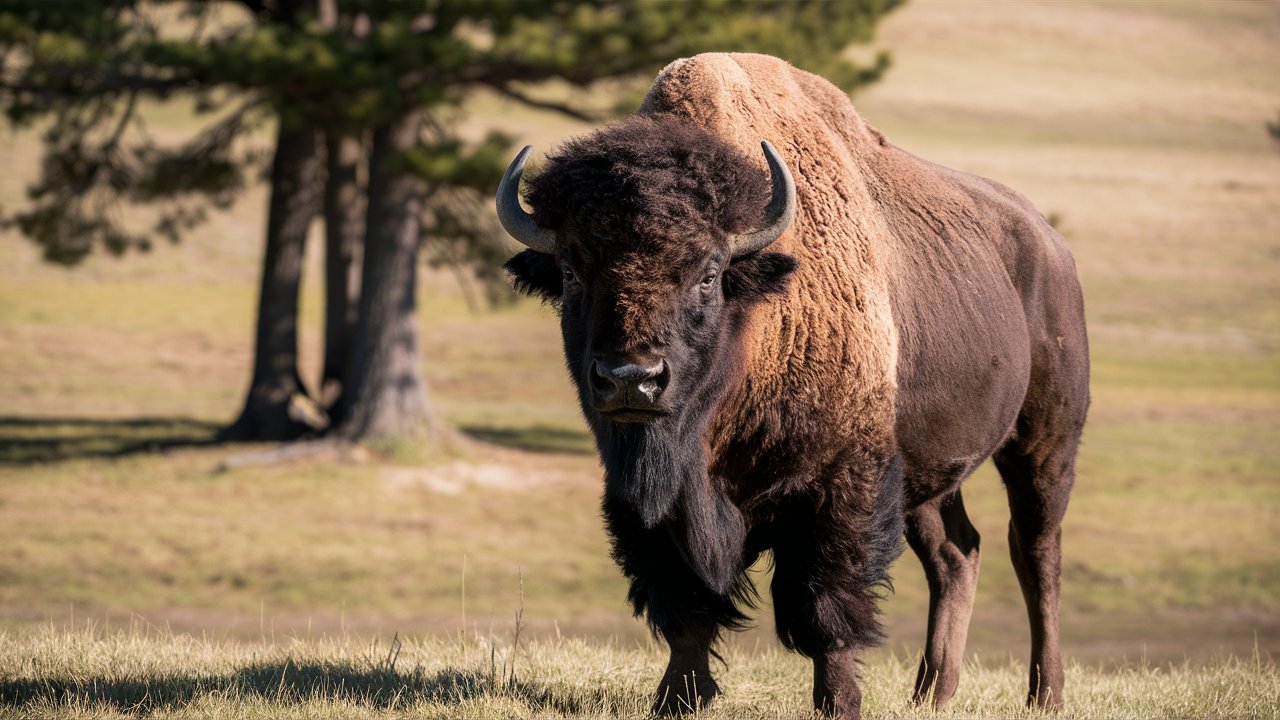
Look at the rugged bison, a cultural emblem for many Native Americans and a symbol of the American West. They were on the verge of extinction, but determined conservation efforts have brought them back. These enormous animals, which can weigh more than a ton, are easily recognized by their humped backs and striking horns, which have developed to allow them to walk through snow in the winter. Their significant contribution to the environment highlights how critical it is to protect our natural habitat.
C: Leopard
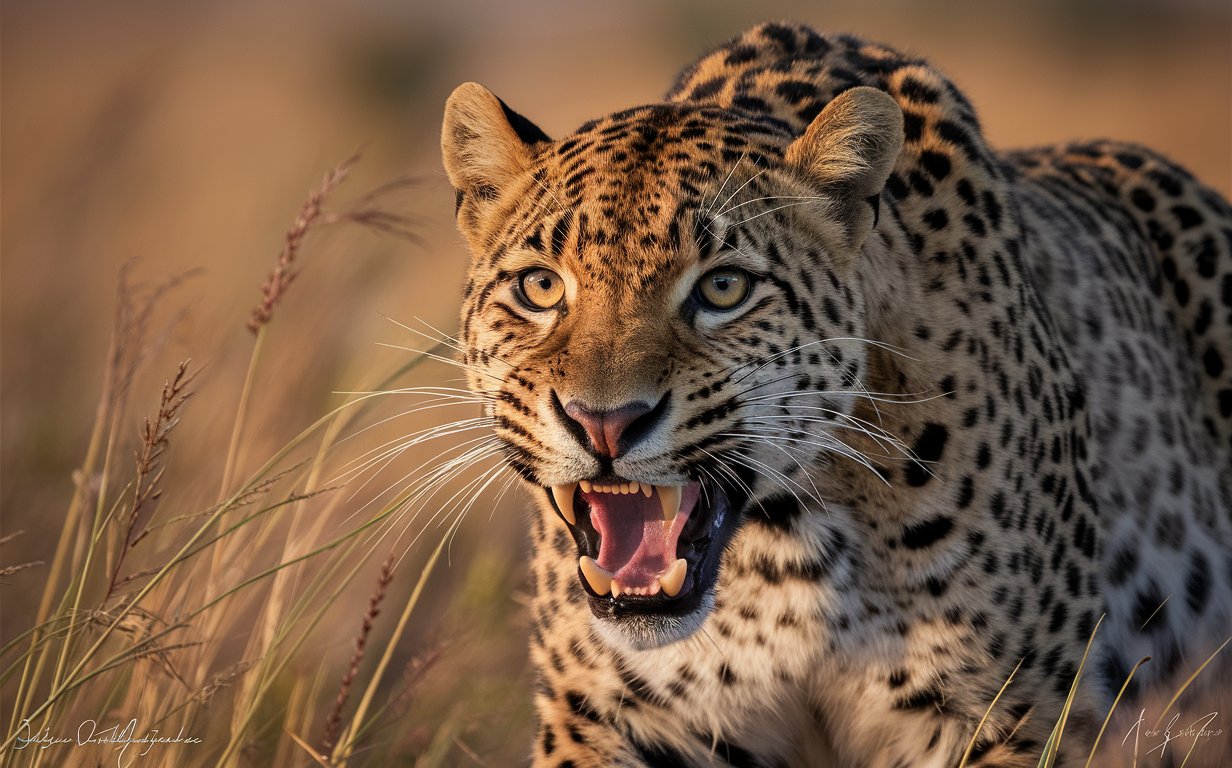
The cheetah, the speed champion, steals the show with its impressive sprinting abilities, reaching up to 70 mph in short bursts. This large feline personifies elegance in motion with its sleek physique and eye-catching speckled coat. Nevertheless, due to habitat degradation and poaching, cheetah populations are declining, making them one of the most vulnerable large cats despite this amazing trait.
D: Dolphin
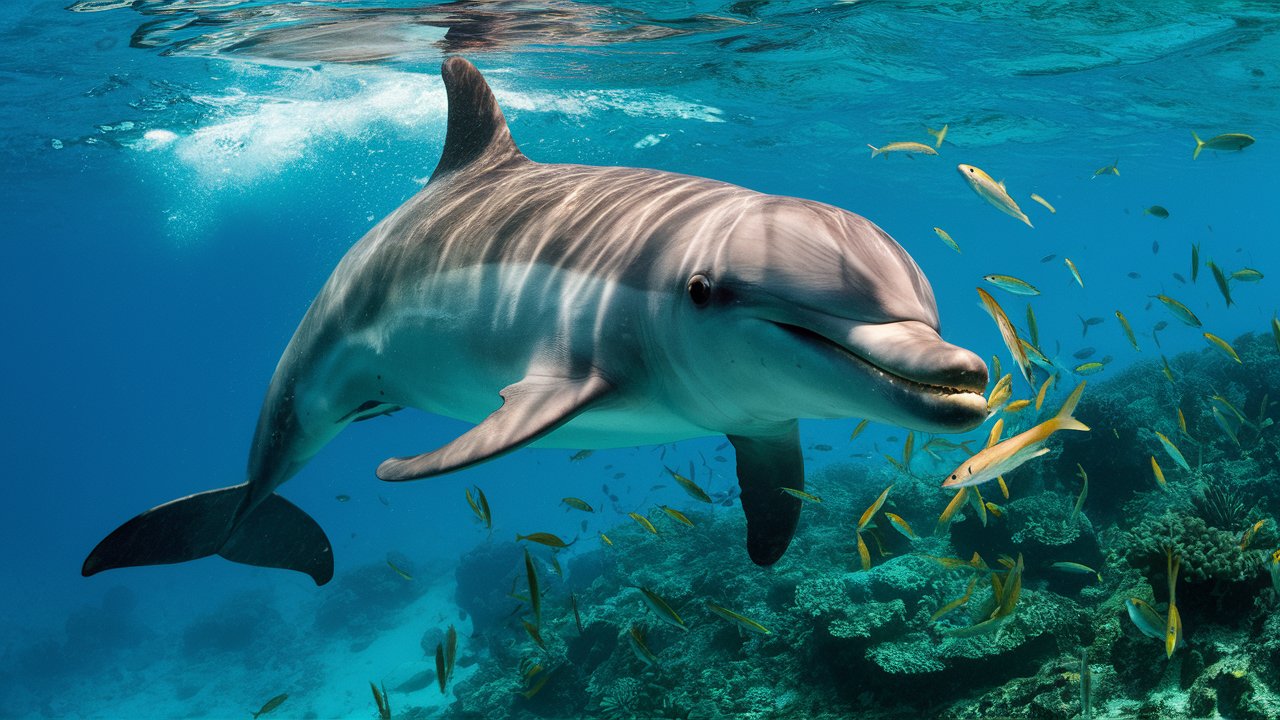
Dolphins, the darlings of the sea, represent social complexity, intellect, and fun. These aquatic animals are well-known for their acrobatics and cordial relationships with people. Their sophisticated echolocation clicks and whistles are how they communicate, exhibiting a cognitive ability that never ceases to astound scientists and the general public.
E: Elephant
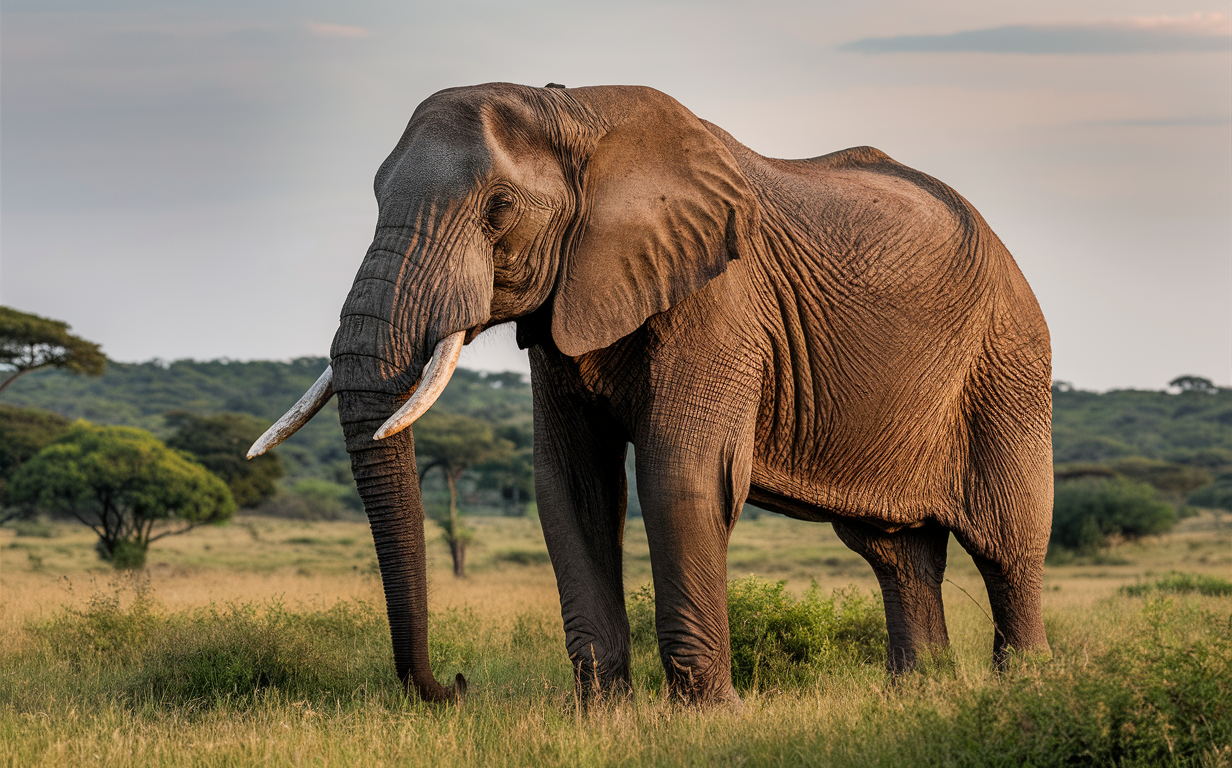
The letter E stands for elephant, the largest land mammal on Earth and one of the most recognizable species worldwide. Many civilizations revere elephants, distinguishing them by their lengthy trunks used for sound production, breathing, and gripping objects. The species is well known for its intricate social structures and empathetic outbursts that rival those of certain human social groups.
F: Flamingo
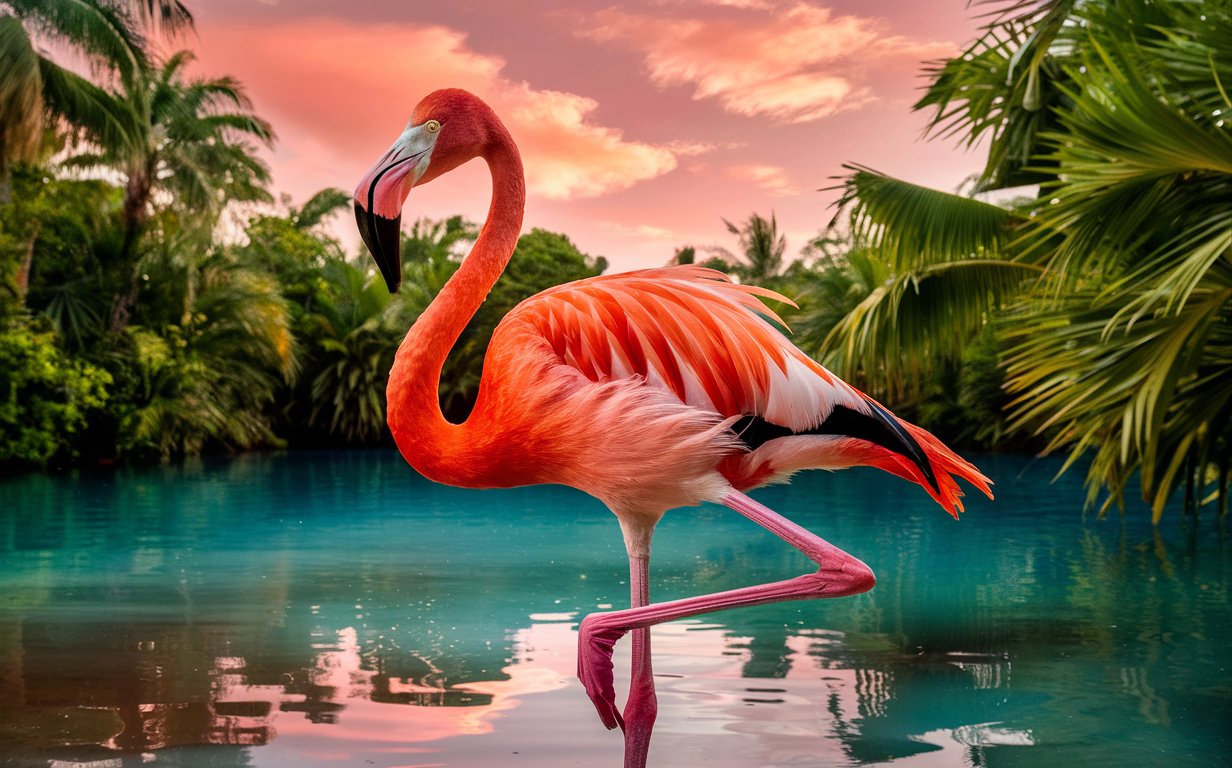
A sight to behold is the graceful flamingo, adorned in pink feathers. Flamingos, renowned for their vivid feathers and majestic form, congregate in large colonies, embodying the essence of natural beauty and the outdoors. These wading birds are skilled filter-feeders, removing tiny crustaceans and plankton from the water with their characteristic bill.
G: Gorilla
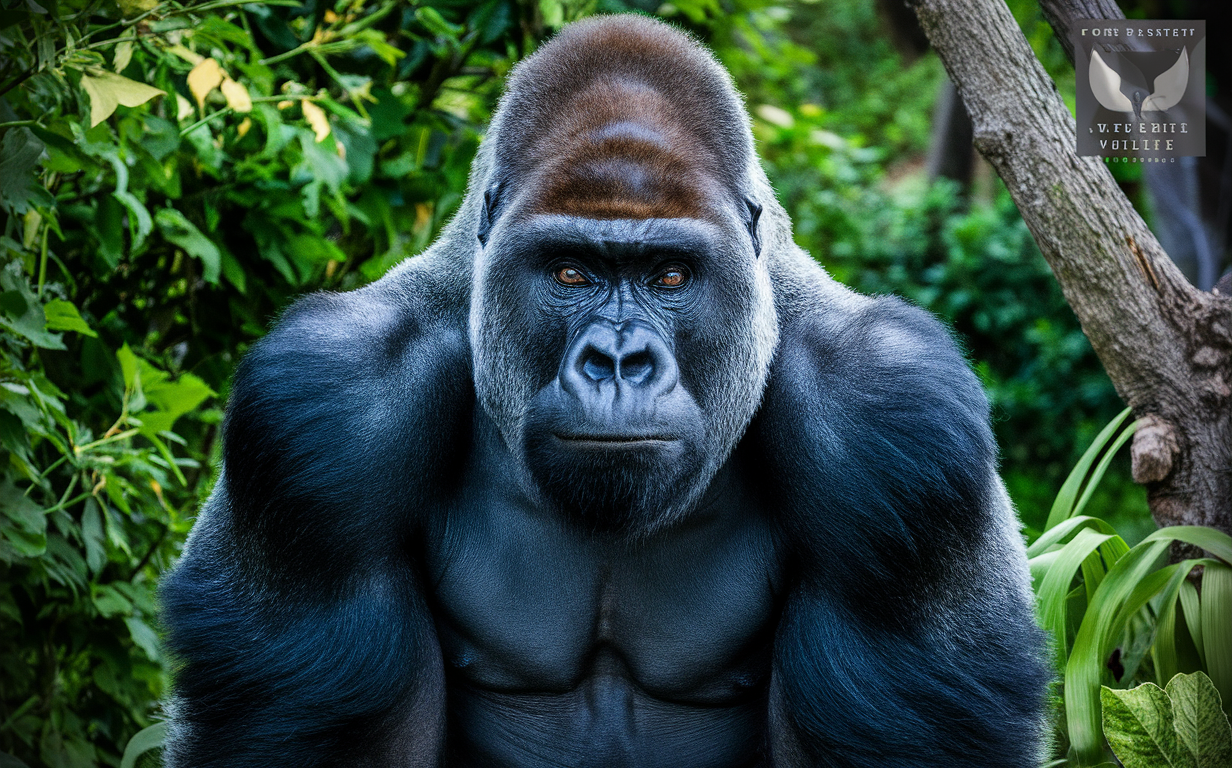
The gorilla, a gentle giant, is the second-largest ape on Earth after humans. Situated in the thick woodlands of central Africa, these formidable herbivores lead family-like lives in tight bands headed by a dominant male silverback. Nonetheless, their indisputable might is restrained by a tranquil and primarily herbivorous lifestyle, providing insight into a species heavily influenced by human incursion.
H: Hummingbird
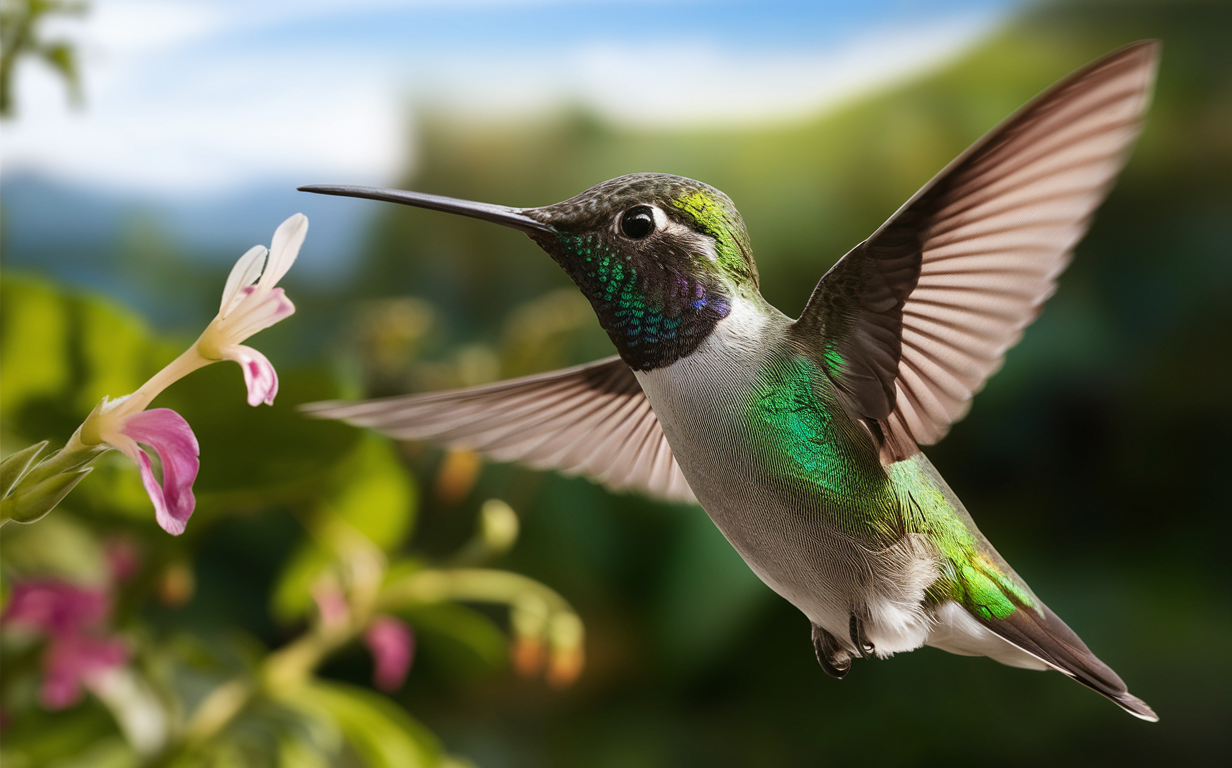
The hummingbird is an amazing example of evolution, swooping through the air with a burst of speed. These colorful birds can flap their wings at an incredible rate—some of them may reach 80 flaps per second—and are specially tuned to nectar-rich blooms. Hummingbirds, the only birds with the ability to fly both forward and backward, have come to represent tenacity and boundless energy.
I: Iguana
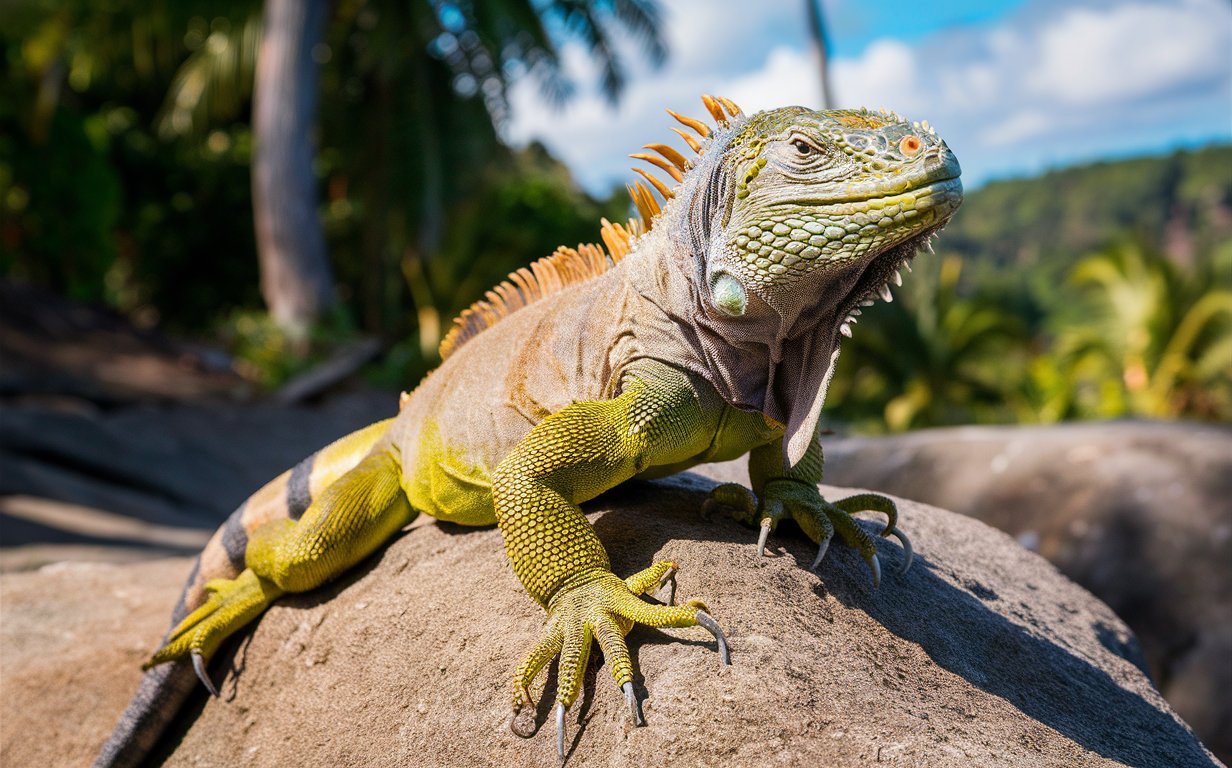
Because of its large dewlap and spiny dorsal crest, the iguana, a reptile of ancient ancestry, is an attention-getter. Mostly herbivorous, people frequently observe iguanas lazing in the sun or swimming elegantly. They are essential to their ecology because they spread seeds. Their hard, scaly exterior demonstrates their ability to withstand numerous major extinctions.
J: Jaguar
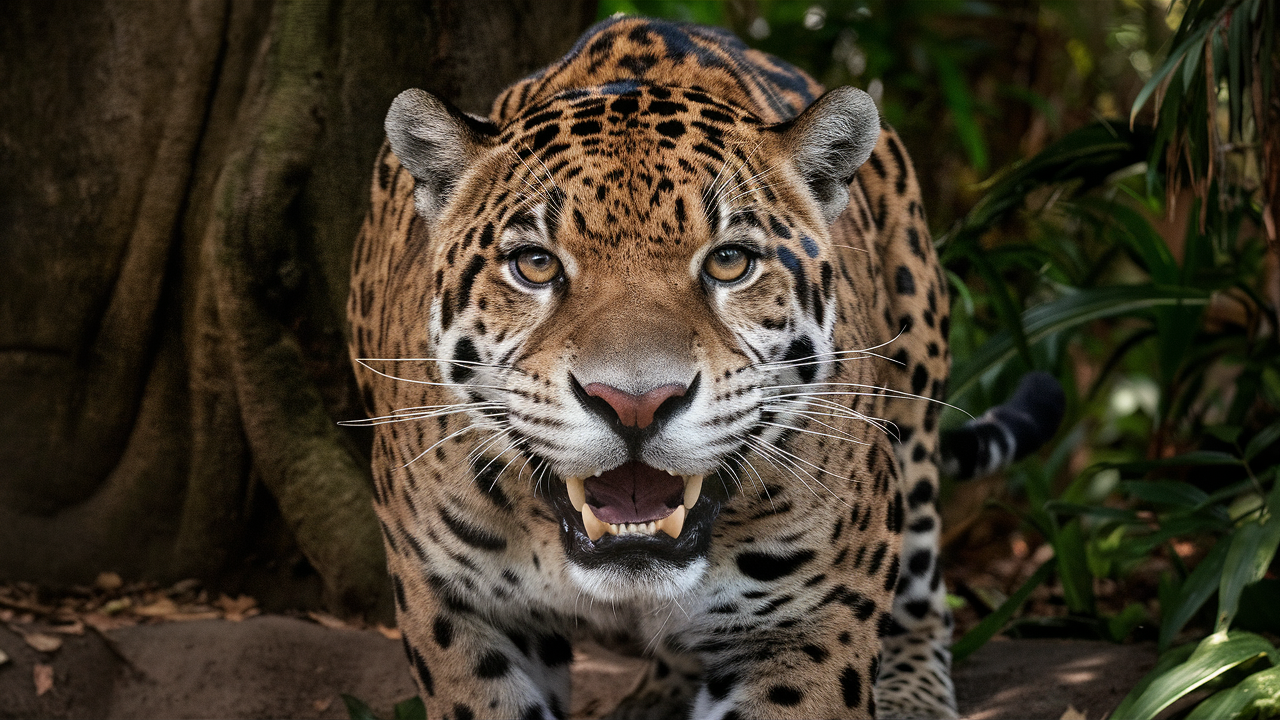
From Mexico to South America, the jaguar, the largest cat in the Americas and a representation of strength and power, prowls the rainforests. The jaguar is a nearly mythological animal, revered by prehistoric tribes and feared by its prey because of its rosette-covered coat and cunning hunting techniques. Sadly, conflicts with humans and dwindling habitat have diminished this creature’s beauty and vigor.
K: Kangaroo
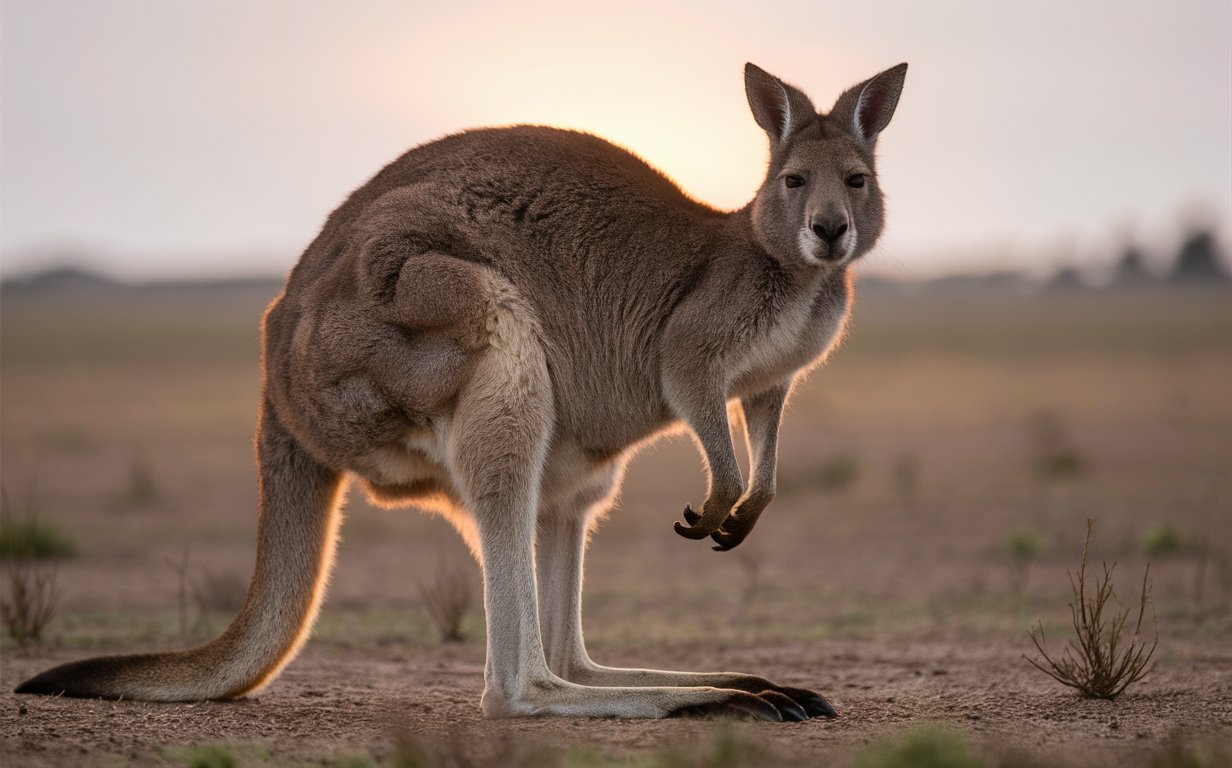
The kangaroo, a beloved representation of Australia’s distinctive fauna, stands out for its strong hind legs and characteristic hopping movement. Kangaroos are the iconic mammal of the outback because they are suited to their surroundings and carry their young in a pouch. They are marsupials by nature. They can traverse great distances with surprising efficiency thanks to their unique means of transportation, and despite occasional conflicts with farmers, their population continues to be a symbol of Australian identity.
L: Lion
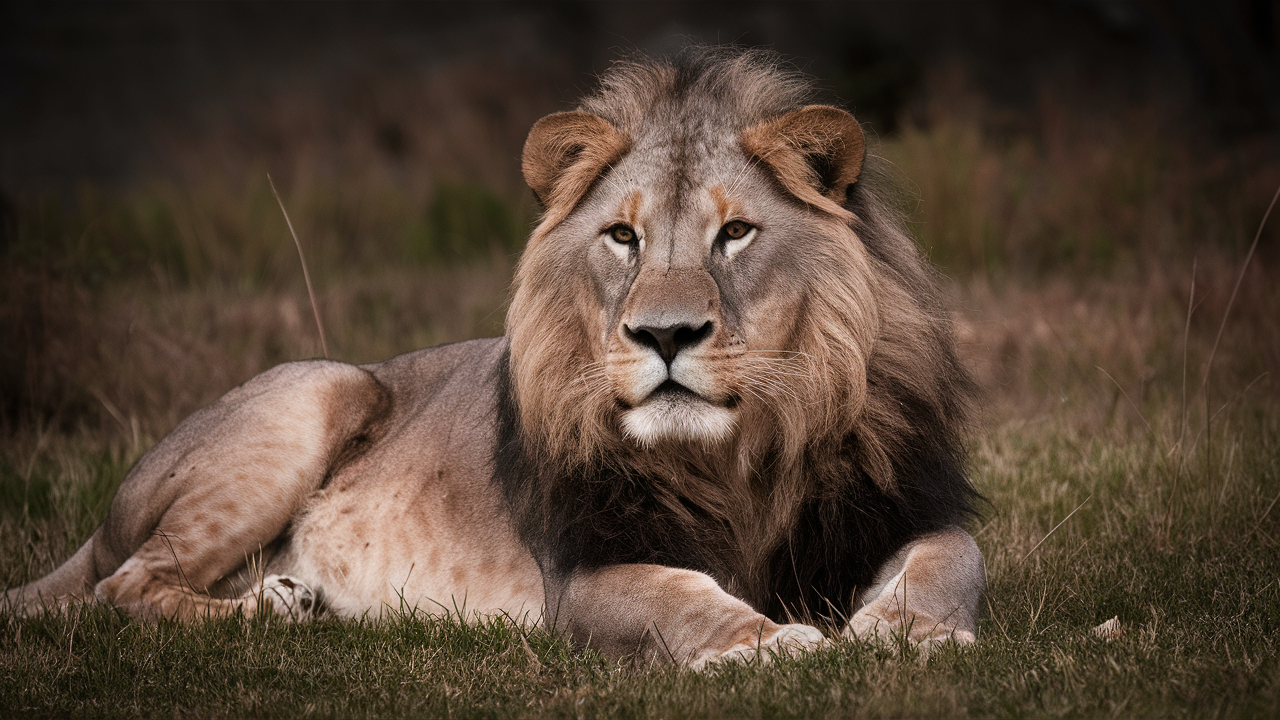
The mythical lion, with its magnificent mane and imposing presence, has long served as a worldwide symbol of bravery and nobility. Lions are ferocious but loving animals that live in social groupings called prides, with the females being essential to the hunting process. To guarantee the future of this iconic species, conservation measures are still essential, especially in light of issues like habitat loss and poaching.
M: Manatee
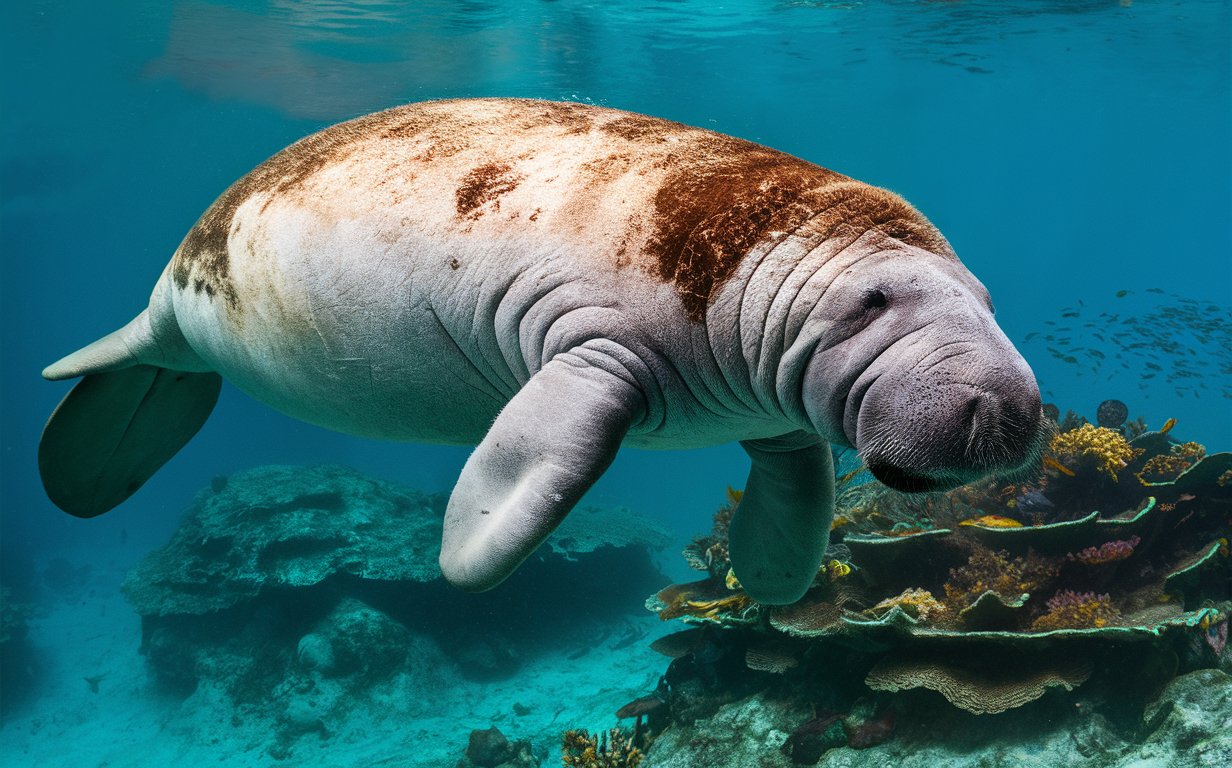
Known as the “sea cow” for its friendly nature and mischievous nature, the manatee is a huge aquatic ruminant that is occasionally sighted in shallow coastal waters and estuaries. These languid behemoths are well-known for their curious disposition and fondness for endearing monikers. Despite their inclusive name, manatees have a closer relationship with elephants than with cattle, illustrating the unexpected evolutionary paths observed in the animal kingdom.
N: Narwhal
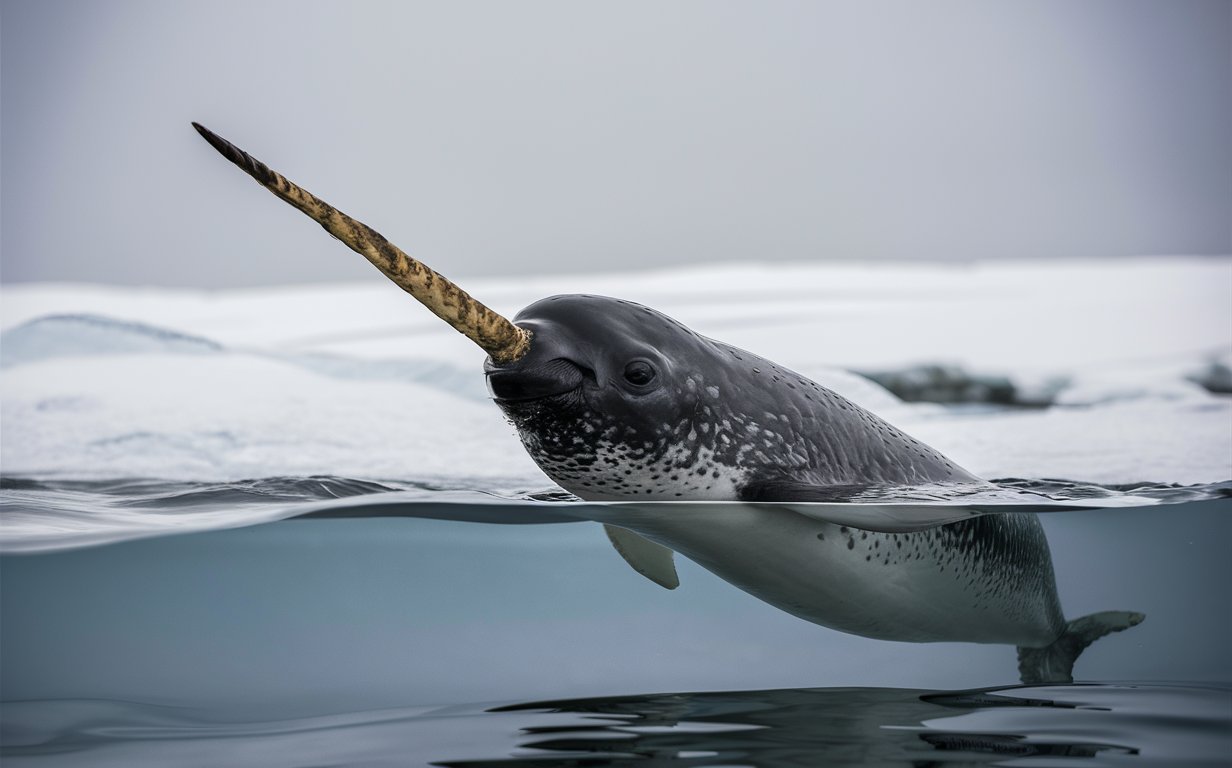
Often referred to as the “unicorns of the sea,” narwhals are distinct due to the one huge spiral tusk that the males wear. These secretive animals, who roam the waters of the Arctic, are not well suited for captivity because of their particular requirements. Their unique tusk, which is essentially an extended tooth, remains the subject of much scientific research and has inspired many historical folktales and legends.
O: Orangutan
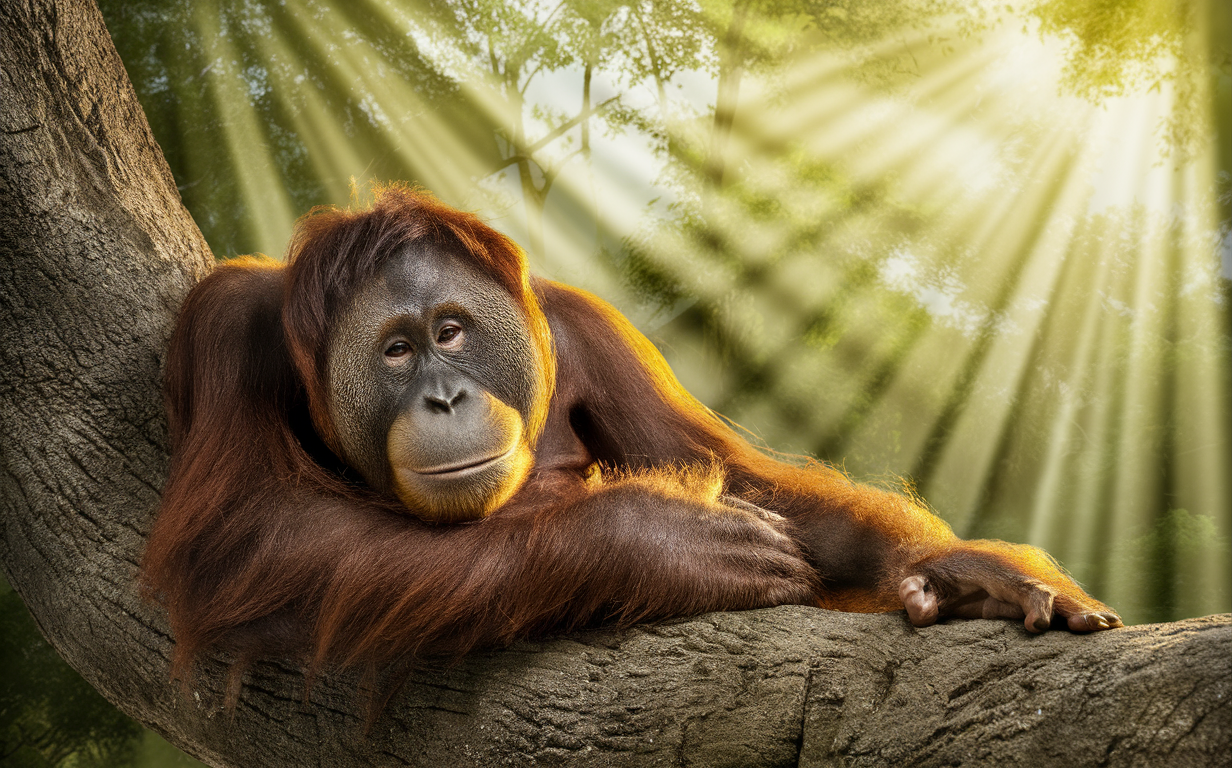
Orangutans, one of our closest cousins, share about 97% of our DNA. Born and raised on the islands of Sumatra and Borneo, orangutans are primate mammals distinguished for their remarkable intelligence and tendency toward solitude. But unlawful poaching and encroaching deforestation have put their population in jeopardy, which makes the orangutan a heartbreaking symbol of rainforest protection.
P: Panda
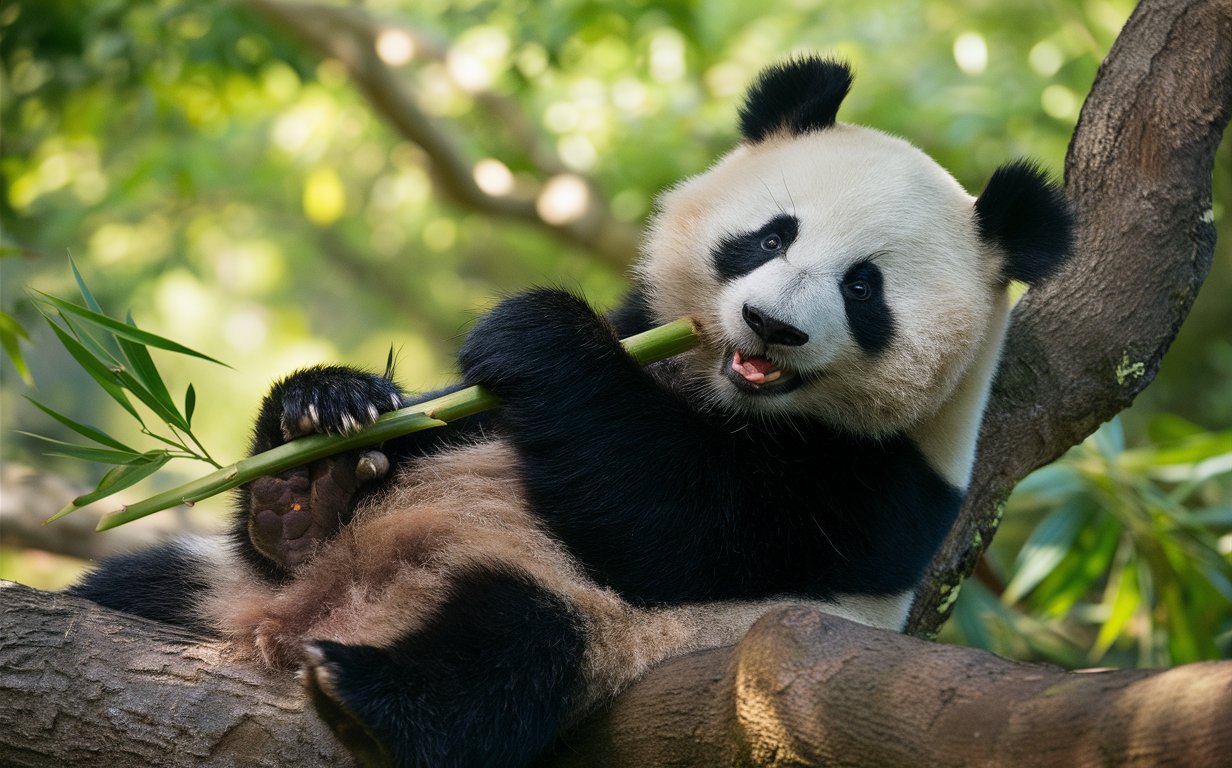
With its adorable pug nose and striking black and white coat, the captivating giant panda is both a cultural icon and a representation of wildlife conservation. Because of their enduring efforts to preserve their ecosystem and their perceived compassionate character, these bamboo enthusiasts win hearts all over the world. Catering to pandas, a symbol of numerous conservation efforts, has raised awareness of wider ecological issues affecting the Chinese woods where they live.
Q: Quokka
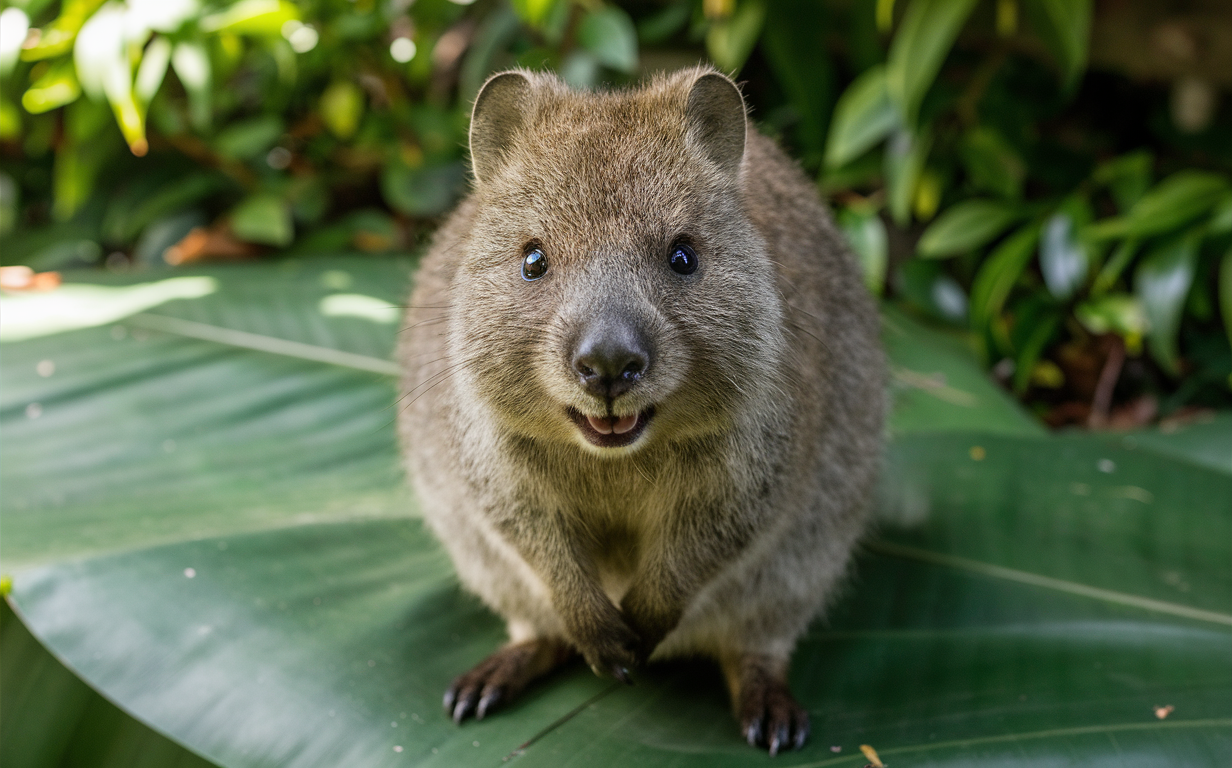
The quokka, a small mammal native to Western Australia, is well-known on social media for its never-ending smile. Its photogenic nature makes this nocturnal herbivore one of the happiest animals on Earth, even though it is classified as vulnerable because of habitat fragmentation and predation pressures.
R: Red Panda
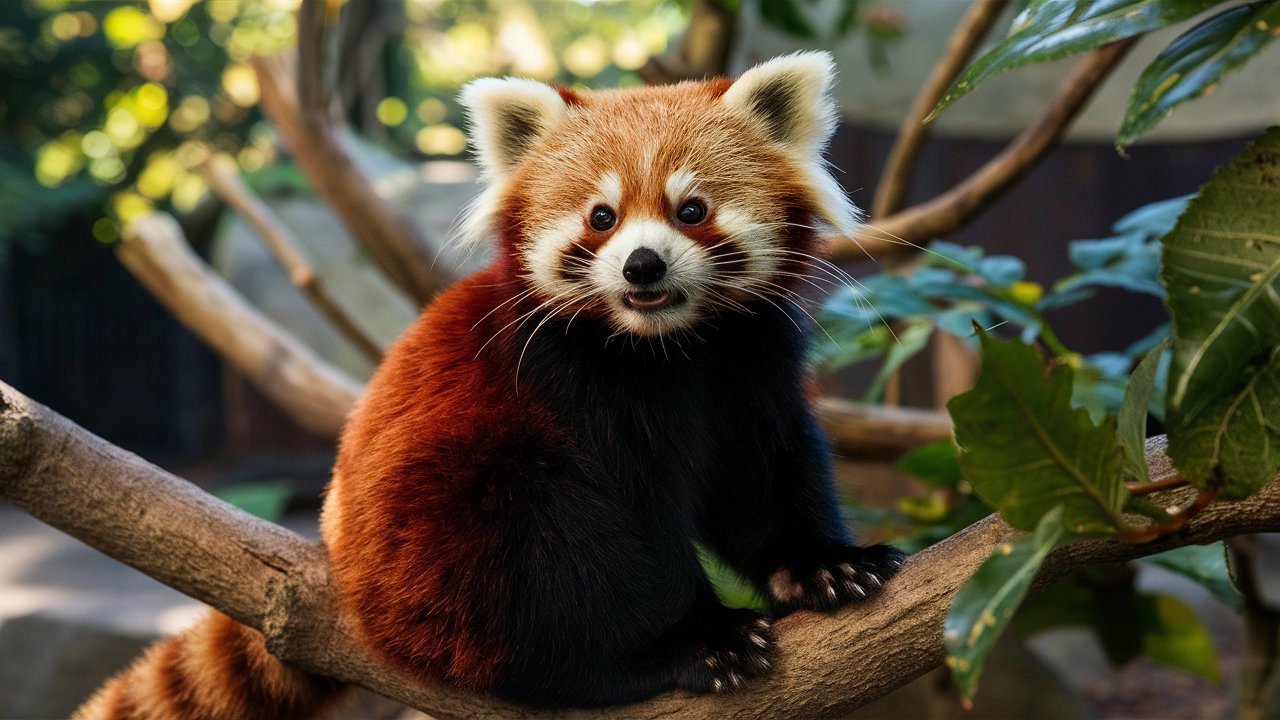
The Eastern Himalayas and Southwest China are home to the red panda, a species sometimes confused with the more well-known black and white panda. Despite their similar name, red pandas are solitary animals not closely related to giant pandas. Well-known for their love of bamboo and arboreal lifestyle, these fascinating creatures are considered endangered, with population estimates ranging from 10,000 to 20,000 individuals.
S: Shark
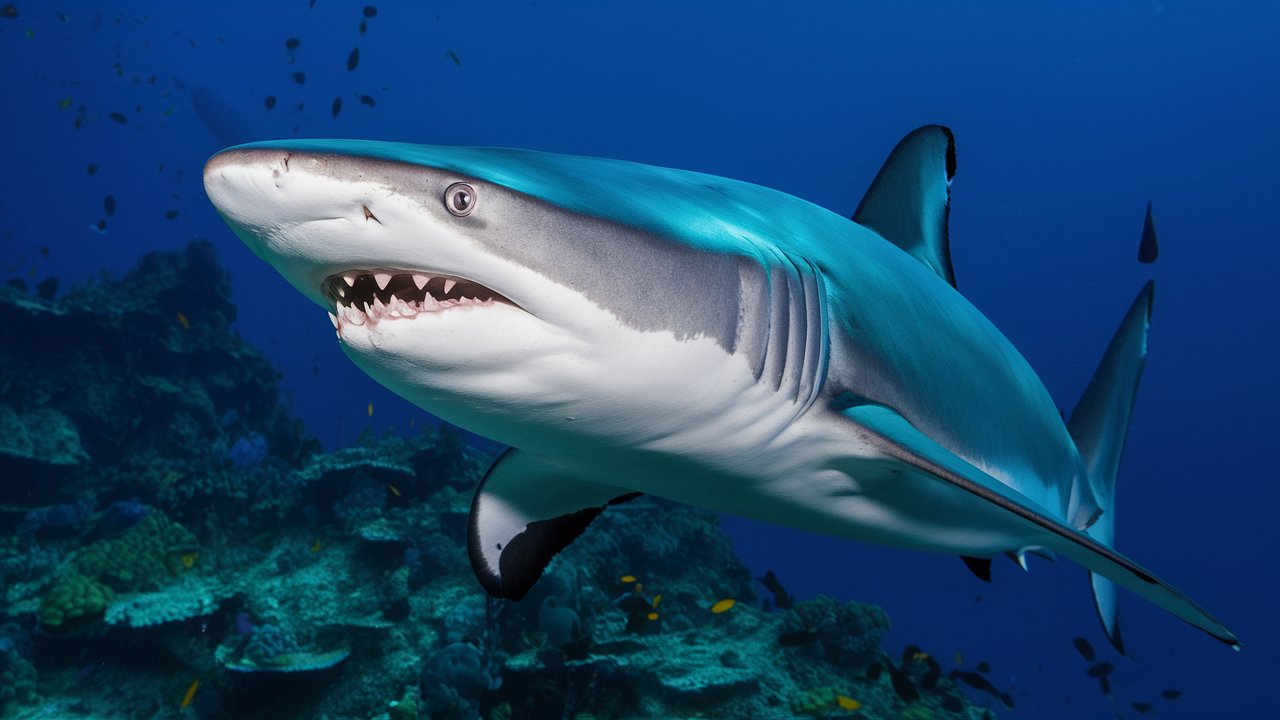
People view the shark, the silent guardian of the seas, as both a marvel and a threat. Sharks, as apex predators, are critical to preserving marine ecosystem equilibrium. The great majority of sharks are not dangerous; however, a small number of species are notorious for attacking people. In reality, they are more susceptible to overfishing and environmental changes. Conservation of these misunderstood animals depends on how we view them.
T: Tiger
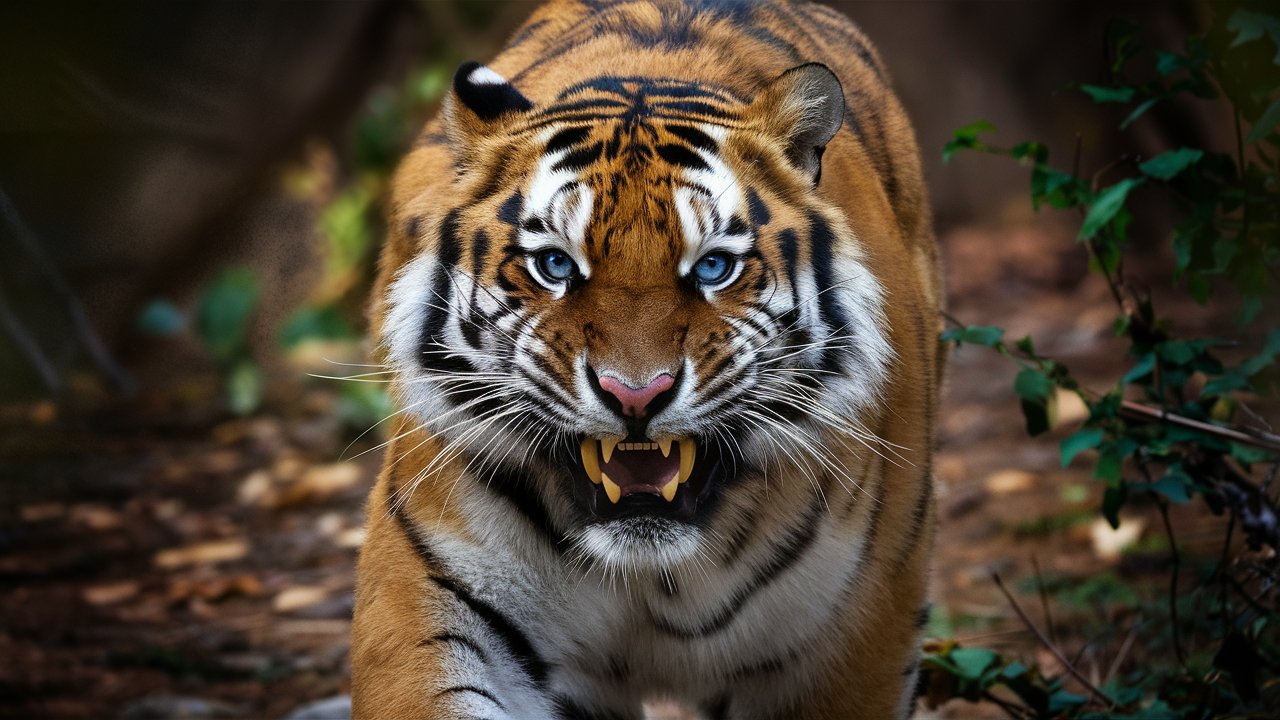
The largest of the big cats, the tiger, has distinctively striped fur and can be found in a variety of Asian settings. Tigers are lonesome animals that can leap amazing lengths and are experts at hiding. Sadly, poaching for their pelts and traditional medicine, along with habitat loss from conflict between humans and wildlife, are the main reasons for their declining population. Although some populations have increased as a result of conservation efforts, the species is still in danger of going extinct in several areas.
U: Uakari

The uakari monkey species, which inhabits the Amazon Rainforest, is distinguished by its bald head and vivid red cheeks. These characteristics are linked to virility and health in Uakari society, providing a moving illustration of how a species’ appearance is influenced by its surroundings. Regrettably, the Uakari are extremely vulnerable to deforestation and related human activities because of their unusual appearance and unique environment.
V: Vulture
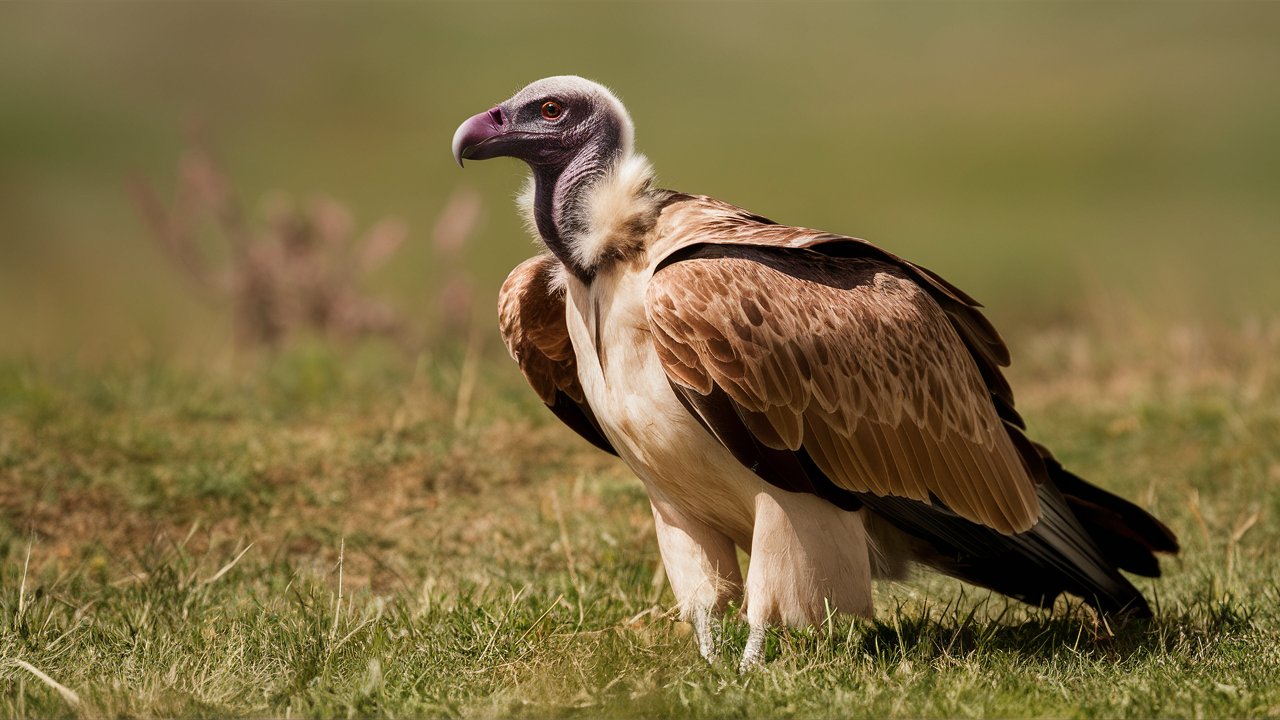
Despite their reputation as a sign of an impending disaster, vultures are an essential part of the ecosystem because they are nature’s cleanup team. Vultures are essential to preserving ecological balance because of their excellent vision and capacity to identify carrion over large areas. Many vulture species risk a bleak future because of poisoning, habitat loss, and persecution, despite providing a crucial function.
W: Wolf
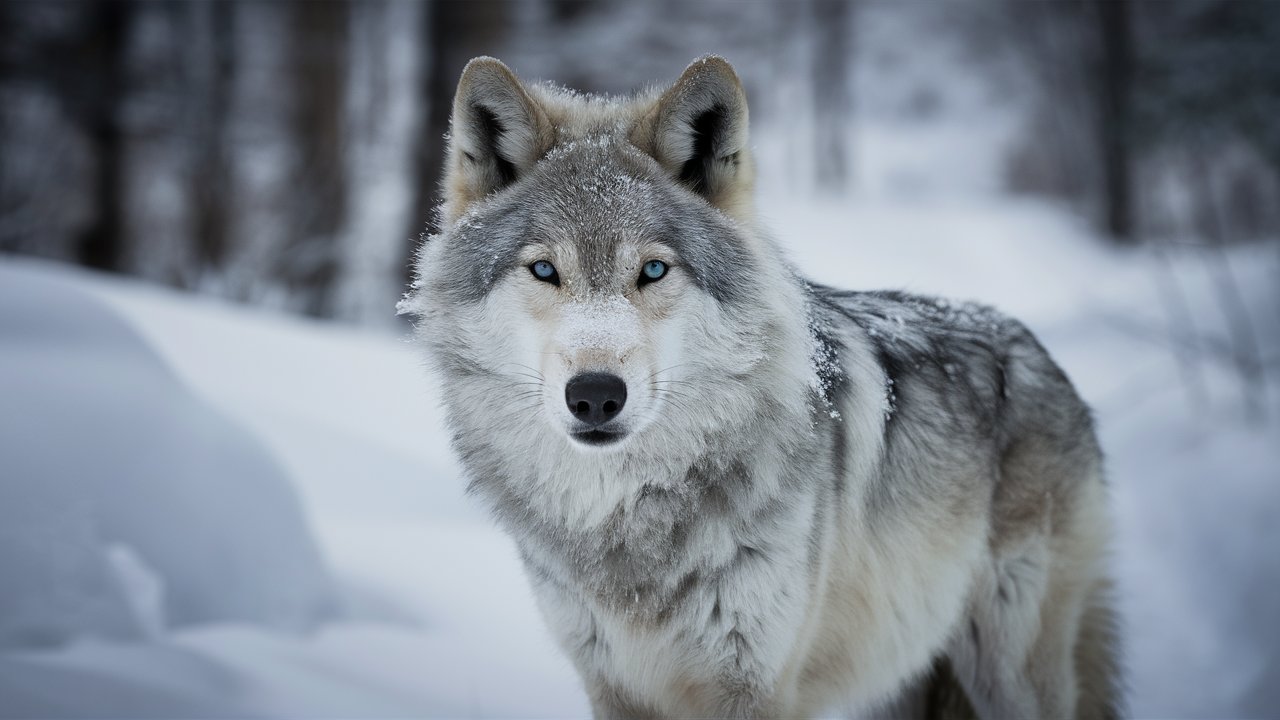
Wolves represent the wild spirit with their eerie howling. Conservation efforts have gradually restored wolf populations after their complete eradication from several areas of their habitat. These gregarious predators are renowned for their close-knit families and cunning hunting techniques. Their story is a powerful illustration of perseverance, as well as the difficulties associated with coexisting human populations and their shared surroundings.
X: Xenops
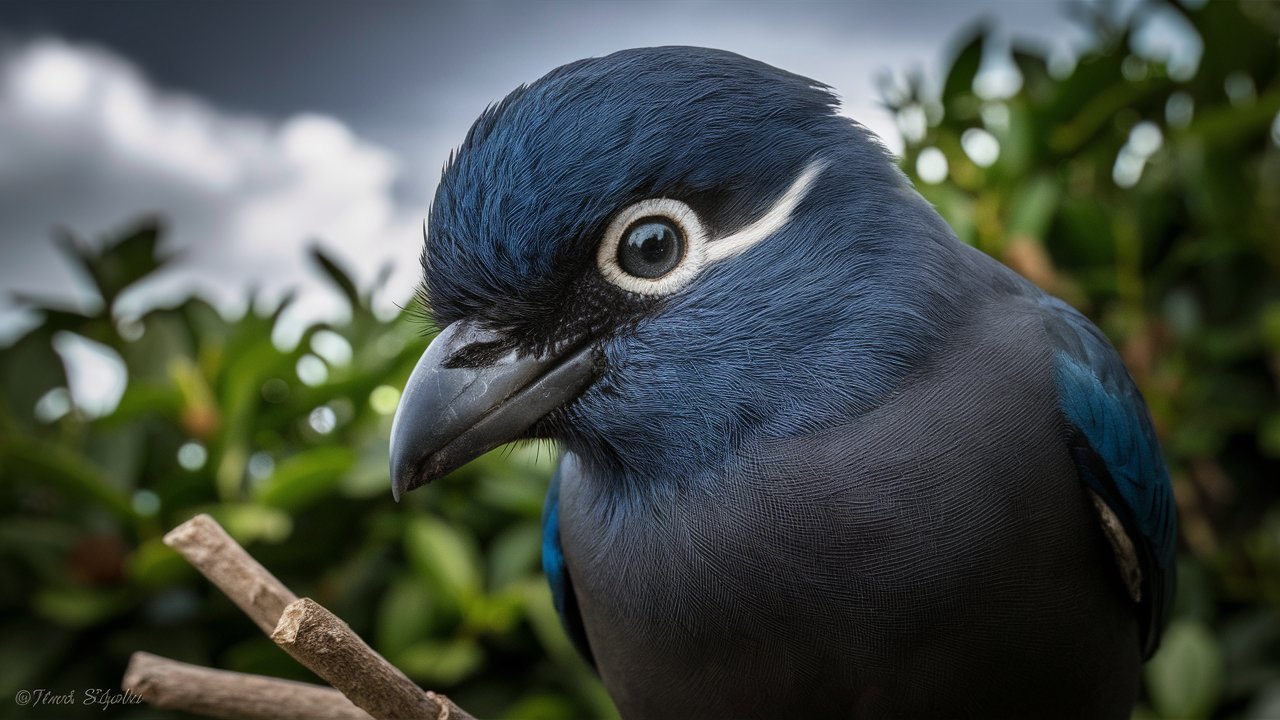
The xenops, the little bird of the Americas, defies the convention of alphabetical order with its ‘X’ beginning. The Greek words “different appearance” inspired the name “xenops,” fitting for a bird known for its subdued hue and distinctive lifestyle. Frequently observed sustening on tree trunks and branches, the xenops personifies flexibility within its own ecological niche.
Y: Yellow-bellied marmot
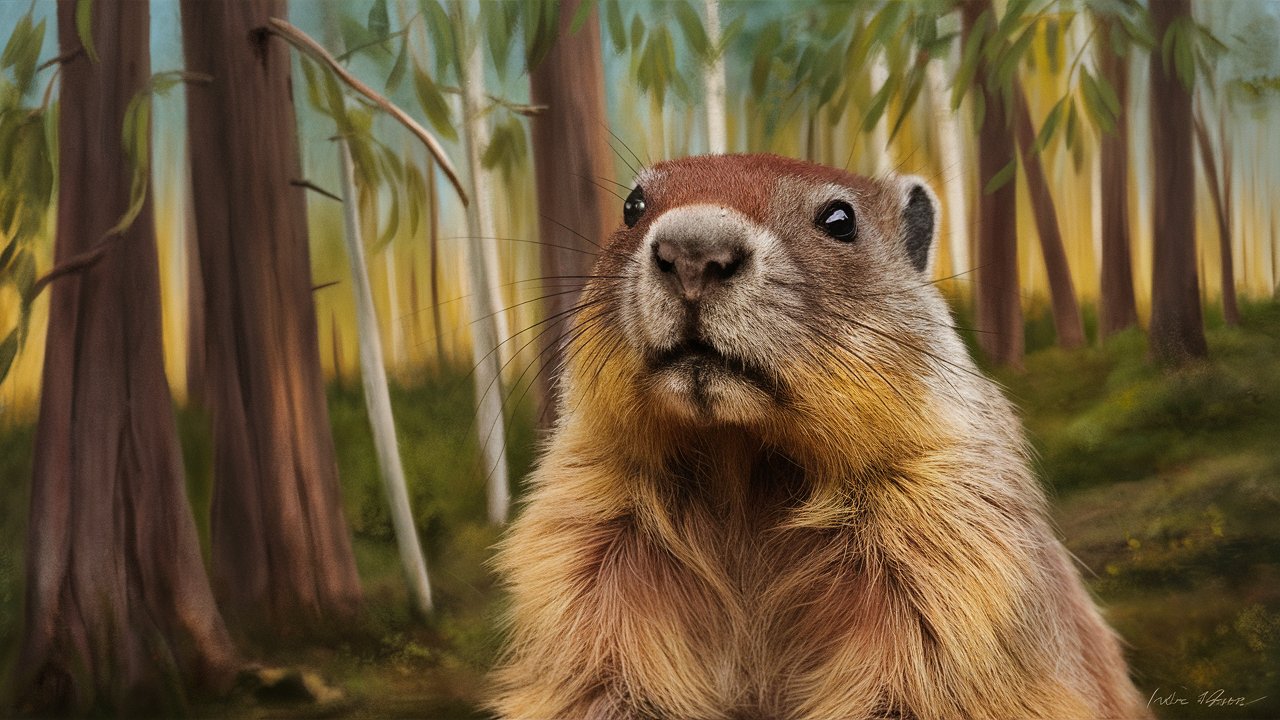
Giving way to a less well-known species worldwide, the yellow-bellied marmot is a type of ground squirrel that lives in the alpine regions of North America. Often spotted enjoying the sun on rocky slopes or seeking refuge in their underground burrows, these animals serve as vital components of their specific ecology.
Z: Zebra
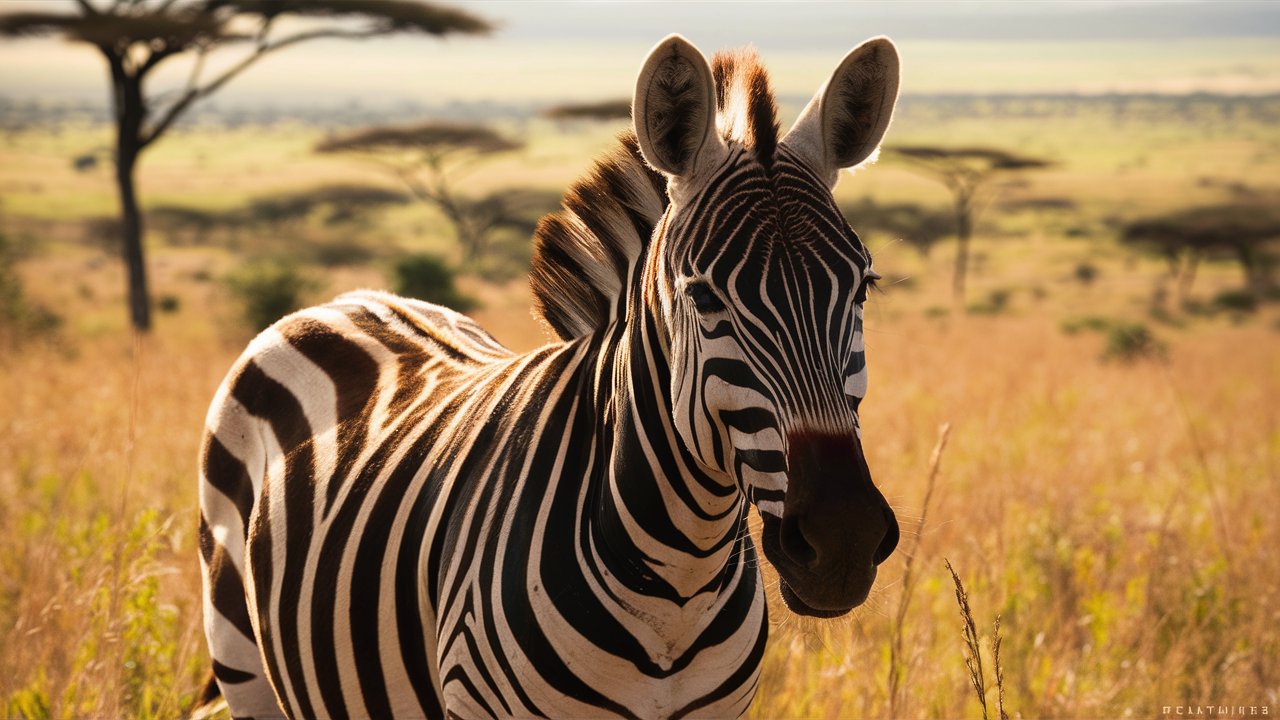
The zebra, with its characteristic black and white stripes that evoke dramatic and vivid images of the African plains, brings us to the conclusion of our alphabetical animal excursion. The social activities of these herbivorous equids center around families, and their distinctively patterned coats serve as a kind of camouflage and a deterrent to potential predators. Zebra conservation is required to preserve Africa’s savannas’ rich biodiversity. Zebras are essential to the ecosystem’s functioning, especially when it comes to seed germination and dissemination.
